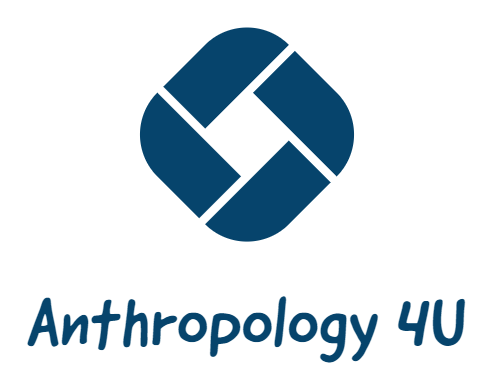So, in a previous blog post you learned about culture, and how culture is learned, symbolic, shared, integrated, and adaptive. Now, I’d like to introduce another concept related to culture, called cultural knowledge. Cultural knowledge includes the mental parts of culture, such as beliefs, rules, and attitudes. Cultural knowledge has 5 elements, norms, values, symbols, constructions of reality, and worldviews.
Norms
Norms are rules about how everyone in a certain culture should behave. Norms tell people what is considered appropriate and normal behavior. These rules are understood and agreed on by people in that culture. People judge the behavior of other people against the ideal of how one should behave in certain situations. And, if people don’t act the right way, there is some kind of negative reaction from others. For example, people in each culture know how far apart they should stand while talking to others. There is an expectation that everyone understands how close together one should stand in a conversation. And, people get uncomfortable when someone stands too far away, or too close.
Values
Values are ideas about how people want to live, and the lifestyle they want to have. Values are the culture’s beliefs about what makes a good life. For example, in the United States, values include freedom of speech, privacy, and independence.

Symbols
Symbols are something that represents something else. Cultures involve a lot of symbolism. Everyone in a culture is expected to understand what the symbols mean in their culture. For example, when driving car, the red light means stop. The red symbolizes the concept “stop.” Another example of a symbol is a country’s flag. The flag stands for the country. Gestures can be symbols, too. Waving your hand means “hello,” and nodding your head means ‘yes.”
Constructions of Reality
People make mental maps of things and divide everything into different categories. This is called the cultural construction of reality. For example, people are divided into categories like family, friends, and strangers. As another example, some things are divided into food and not food categories. Another example could be dividing animals into pets and not pet categories. Each culture has a different construction of reality, meaning they divide the world into categories in a different way than other cultures.

Worldviews
Worldview is the way people interpret reality and see themselves and the world around them. For example, some cultures see themselves as conquering nature, while other cultures try to live in harmony with nature. Worldview can also include what a culture thinks is the meaning of human existence.
So, these 5 elements are all part of cultural knowledge. They make up the mental part of culture, and are what people think and believe. They are different in each culture, but part of a shared knowledge within the culture.
Want to learn more? For an interesting article on cultural norms and to what extent cultures expect people to follow the norms, just click here.
Thanks for reading!

